Frequently Asked Questions
A crew picture right after we wrapped.
Prepping before my mother’s interview.
Before and After the Shoot:
THE ORIGINS OF THE FILM
I grew up between funeral homes and temples. There was a period in my life where I prayed that no one else would die the next year. Although death was very prominent in my childhood, I never had the tools to understand and express my emotions. Grieving was something to be done alone.
When I discovered my family’s stories, it really hit home with me. I was taken back to memories as a teenager trying to make sense of my own traumas alone, and not having the tools to express them.
With these discoveries, I knew that I wanted to make a documentary about intergenerational trauma, and push for change in the process.
DIRECTING MY FAMILY
One of the most frequently asked questions I get is about how I got my family to agree to this process, as this is definitely not something that everyone should or could do with their family.
I am very privileged to have had the opportunity to make films since I was in high school. I have always made films with personal origins - many in which they even starred in. They were always supportive of my passion for cinema, so when I approached my family with the idea of No Crying, they accepted without hesitation. They had all found closure individually and were ready to share. They already had a trusting relationship with the camera and with me as a director, which I am truly grateful for.
Of course, there was still lots of work to be done, such as trust exchanges and pre-interviews. Everything that you see on camera was done, discussed and consented to before the shoot. When we arrived on set, we all knew which stories were to be discussed. As well, we kept the set closed off during the interviews with just me and my DP Walid to create a safe and comfortable environment.
AFTER THE SHOOT
After the shoot, my family started saying "I love you" to each other - a really big step in our relationship. It took my dad a while though. I feel like he was trying to split it out for months, until he was finally able to get those words out there haha (I think sometimes emotional expression is conditioned harder into men).
Even today, sometimes it takes a lot of energy to communicate about our emotions, disagreements, etc… but we're all trying little by little learning and unlearning. I feel like JUST this past year, I learned how to truly apologize and forgive. It's been a long process, but I feel like we all are trying to be more understanding and patient.
“How did your family react after seeing the film?”
My family watched the film several times. Although they had been through the process themselves, it is definitely striking to rewatch the experience. All members of my family were very proud of the film, especially since it marked such a defining moment for our family. My parents originally didn’t understand such a desire to tell their “normal” stories on screen, as they felt as if their stories of grief were common and that there was “nothing special or famous” about them as people. However, as the film started gaining traction through festivals and online, people started sending in very heartwarming messages, sharing stories of their own family and grief — they were able to understand how universal our stories were.
My father praying.
In the process of filming one of the opening shots with my mom.
Artistic Decisions:
“How did you decide what to shoot for the staged scenes. What was the concept around these?”
I tried to find mundane actions for each character that would complement their personality and the story they tell on screen. For me, it was important that, in their first sequence, they are physically separate from each other, to convey an isolation of their thoughts and a distance from each other emotionally.
In my childhood, during moments of grief, I often saw these physical separations in the house; one washing away their tears in the shower, distracting their thoughts through labour, or wishing their fears away… It was important for me to interpret those memories in a simple way that did not distract from their interviews.
These sequences were completely staged, but because cooking is natural to my mother, because praying is natural to my father… It did not take much “acting”. Most of the directing for these sequences just related to blocking or their placement in the frame.
“How did you approach narrowing down the interviews in the edit?”
It was hard! Each interview lasted an hour. Me and my co-editor, Andrés Solis, tried to take it one step at a time. The first pass of cuts was actually pretty easy. First, we cut out all the irrelevant stuff that did not pertain to their story. It’s natural for one to go off topic when having a conversation with someone you know. At one point in the interview, my mom started talking about her high school boyfriend and my sister started talking about Kanye West, haha.
After the first pass, we tried to really pinpoint the core of their stories. There was a lot of minor details we had to leave out because, although it would have helped visualize something or would have been poetic, we found that it was only decorative. It took a lot of feedback from others, as well as trial and error before we established what we have now.
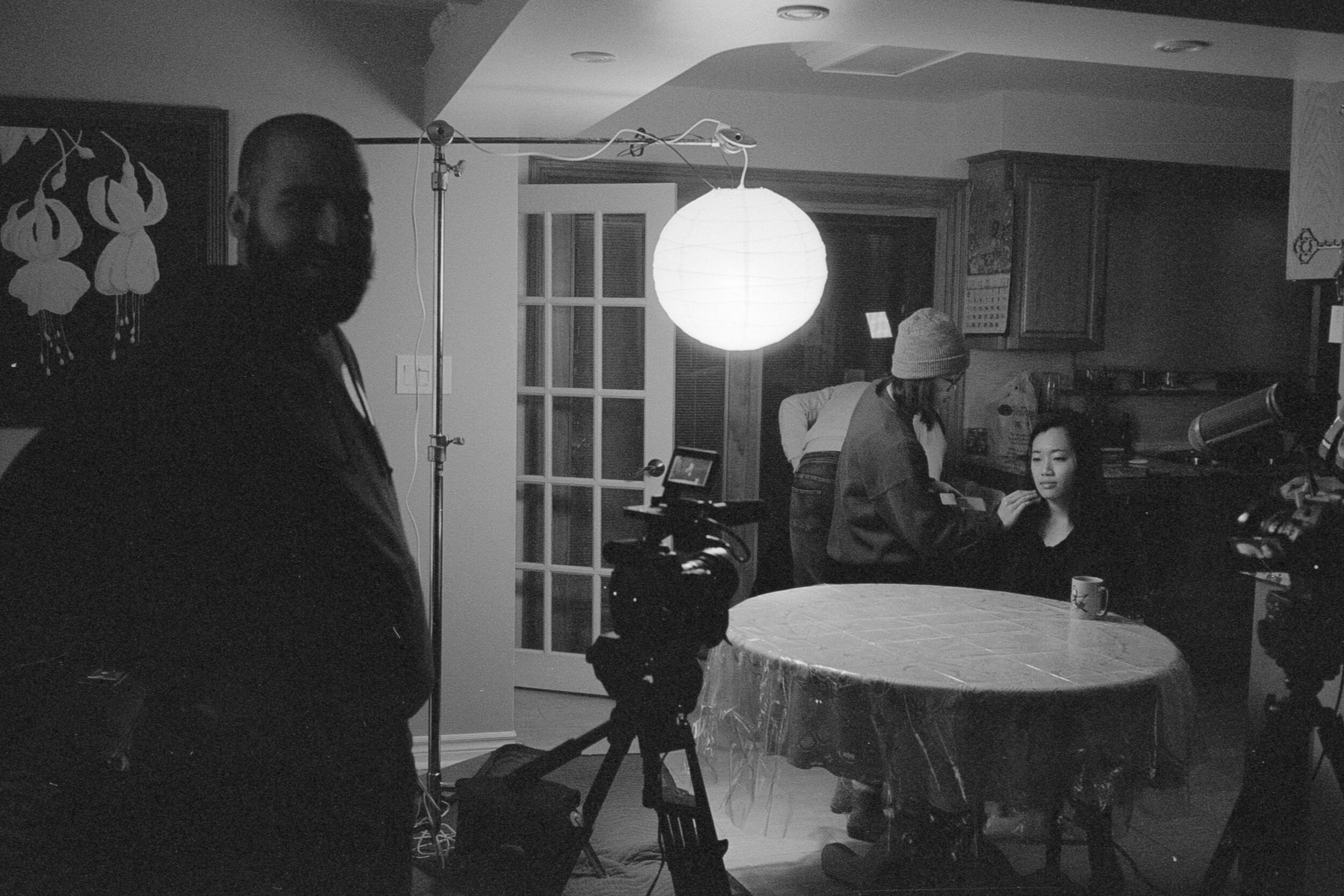

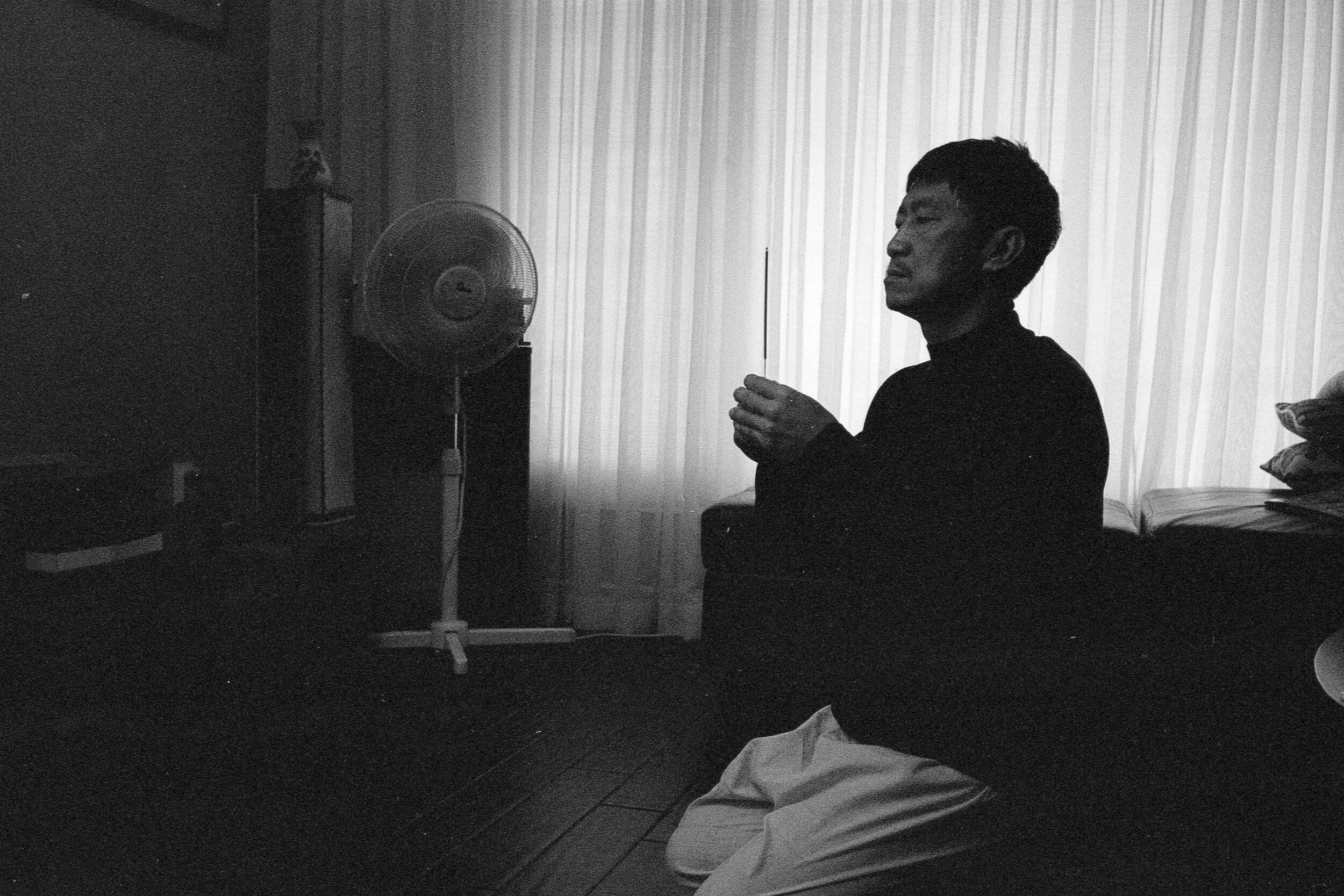
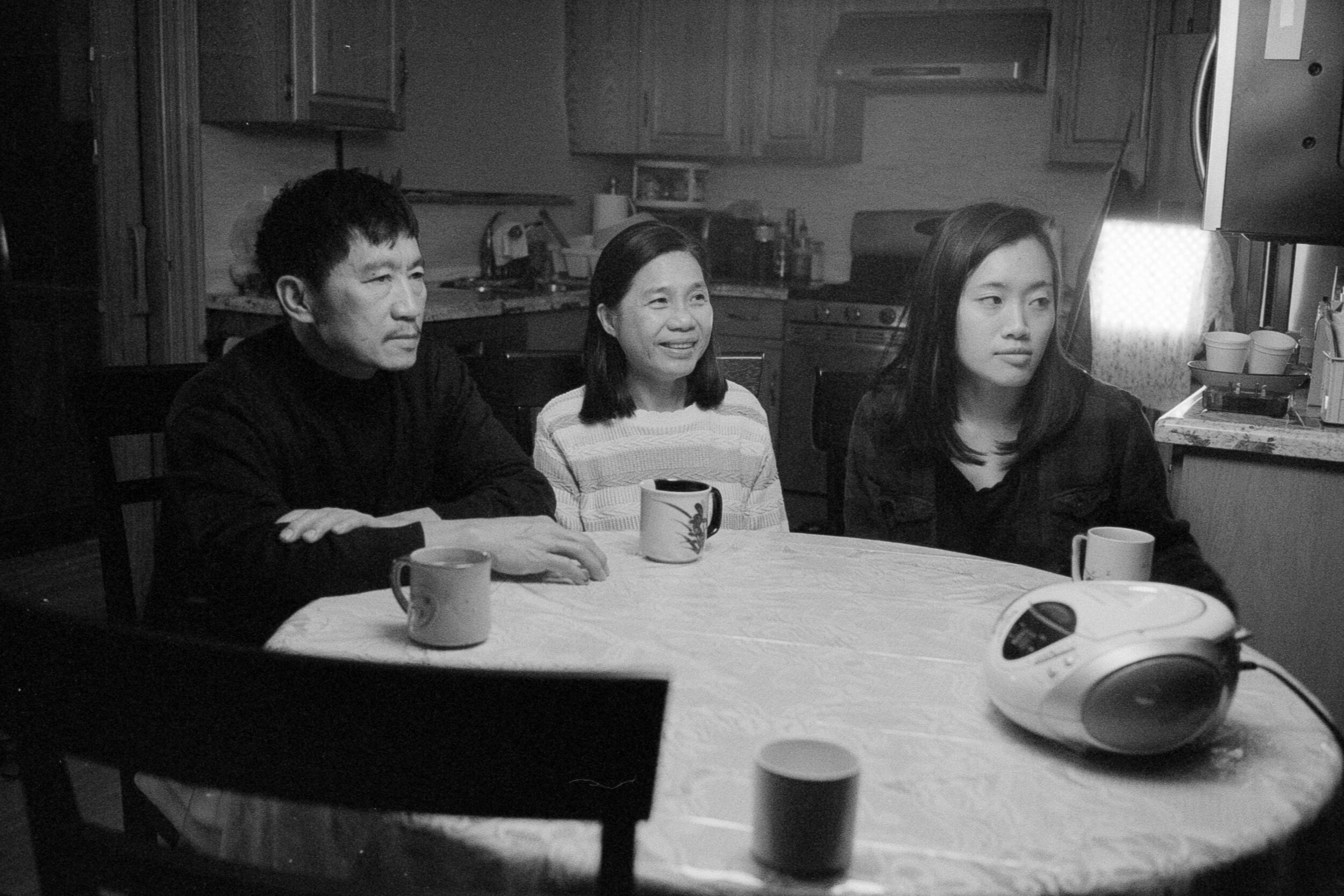
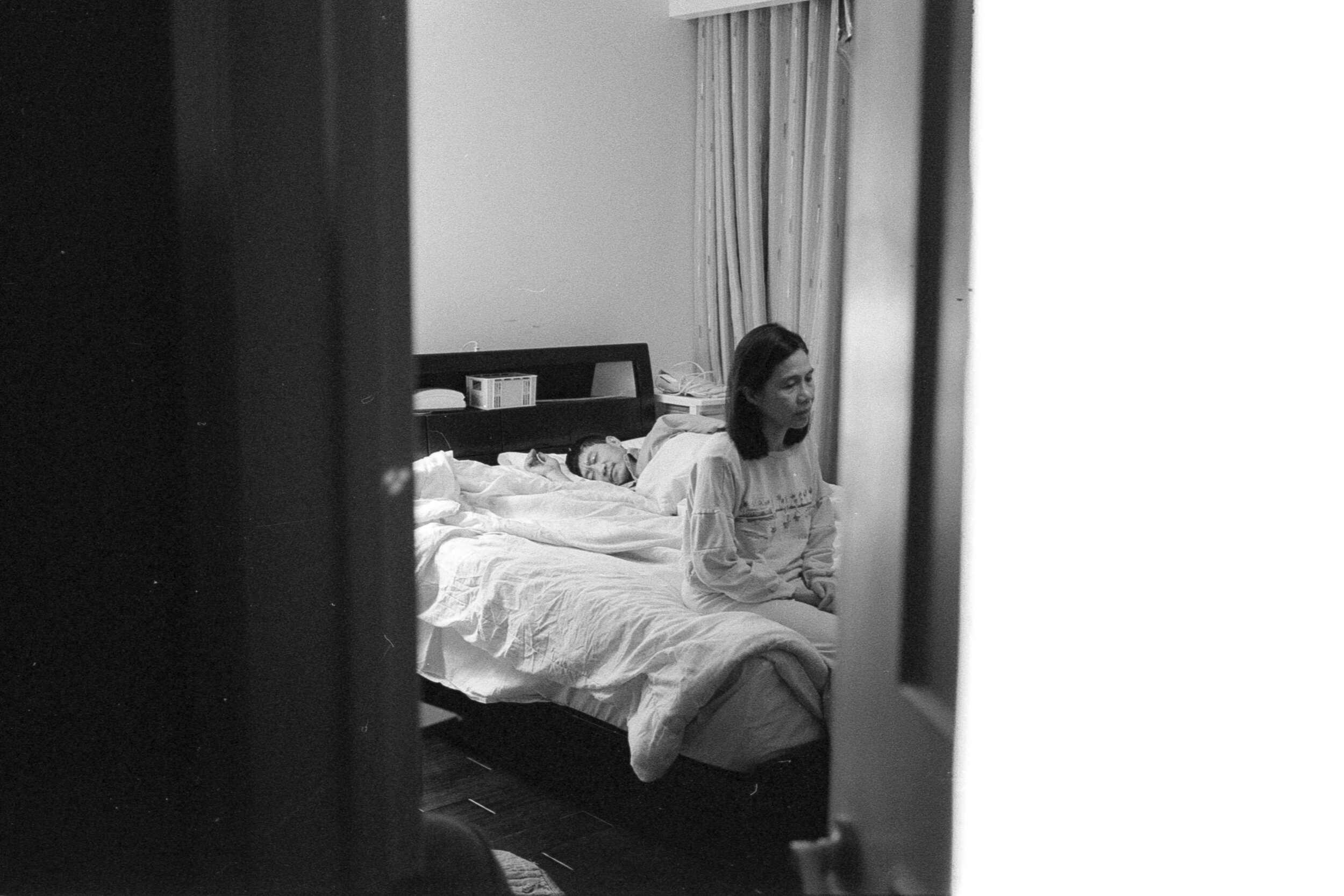
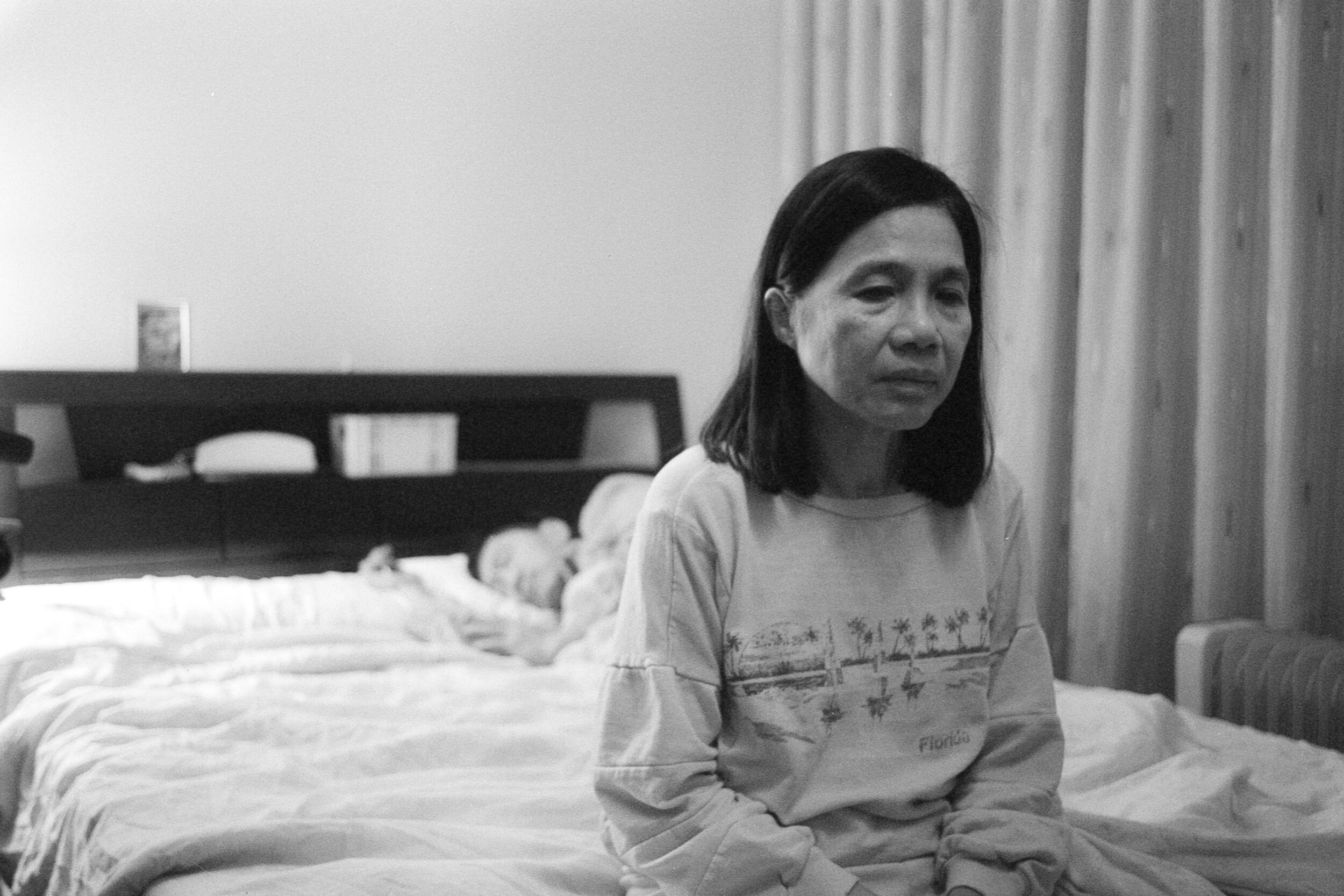




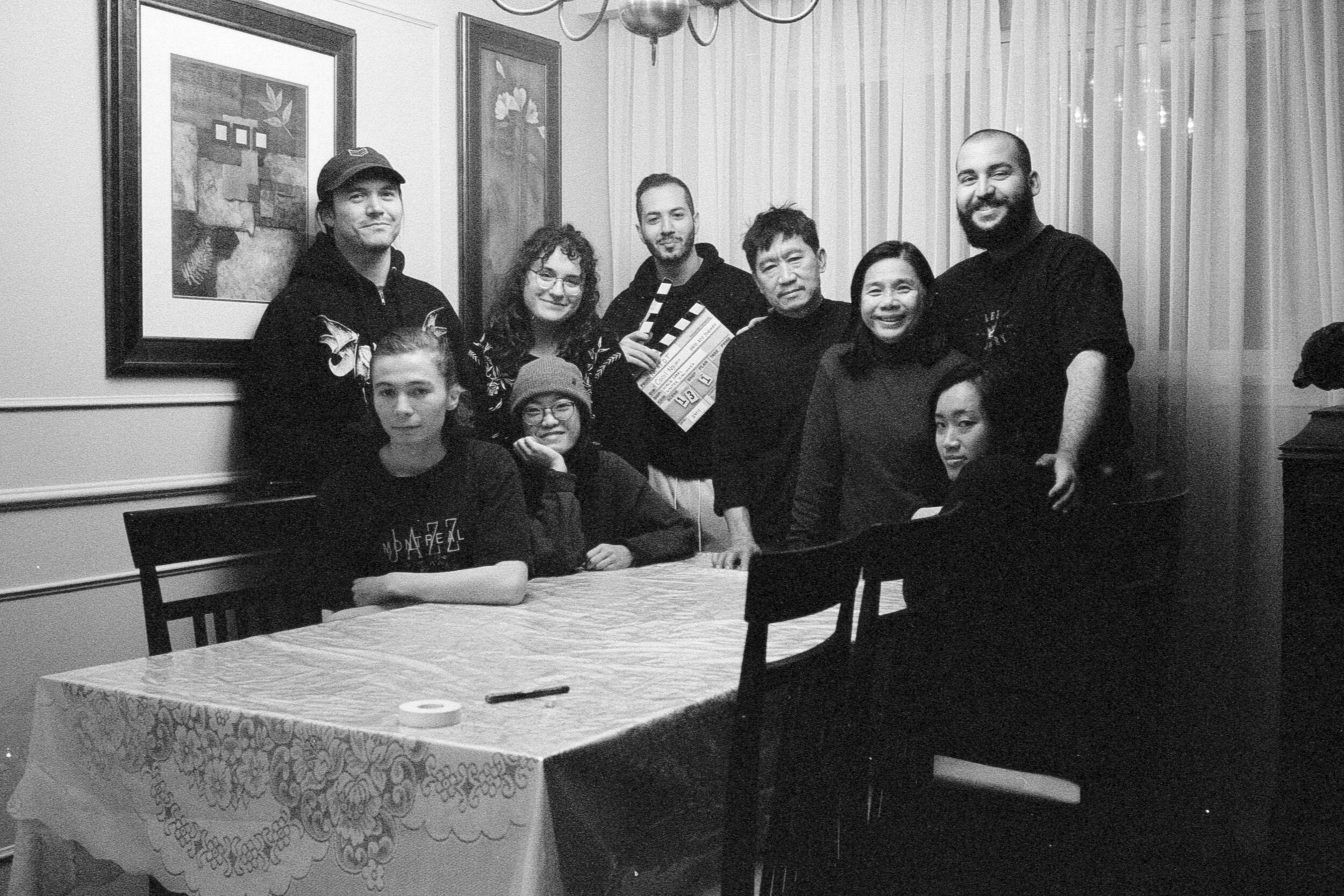
Other Questions
“Was this a student film?”
Yes! This film was my 3rd year thesis film at Concordia University! All the crew members were also students at the time.
“Did you shoot on film?”
No, we shot on the C300 with the C100 as a B-cam. Lighting and colour grading are the parts that contribute to the “filmic” look.
“How many days did the shoot take?”
The film took a total of 4 days to shoot.



